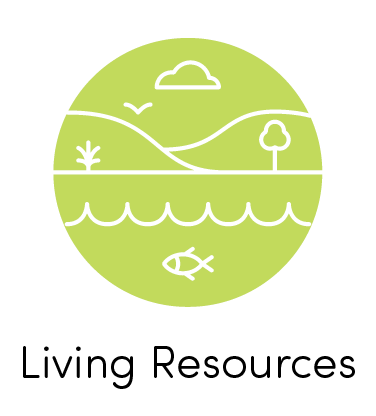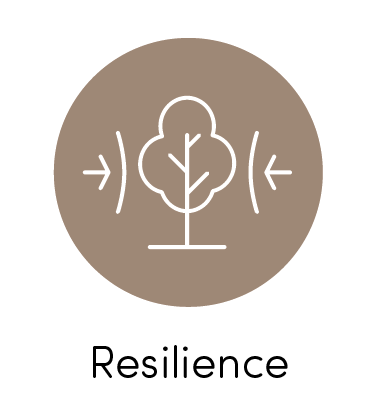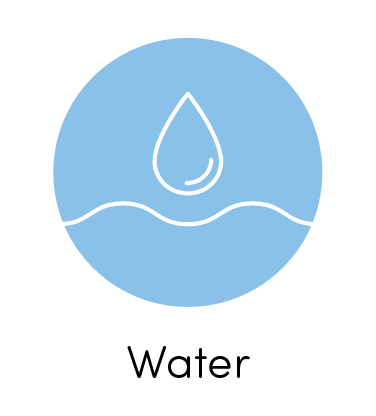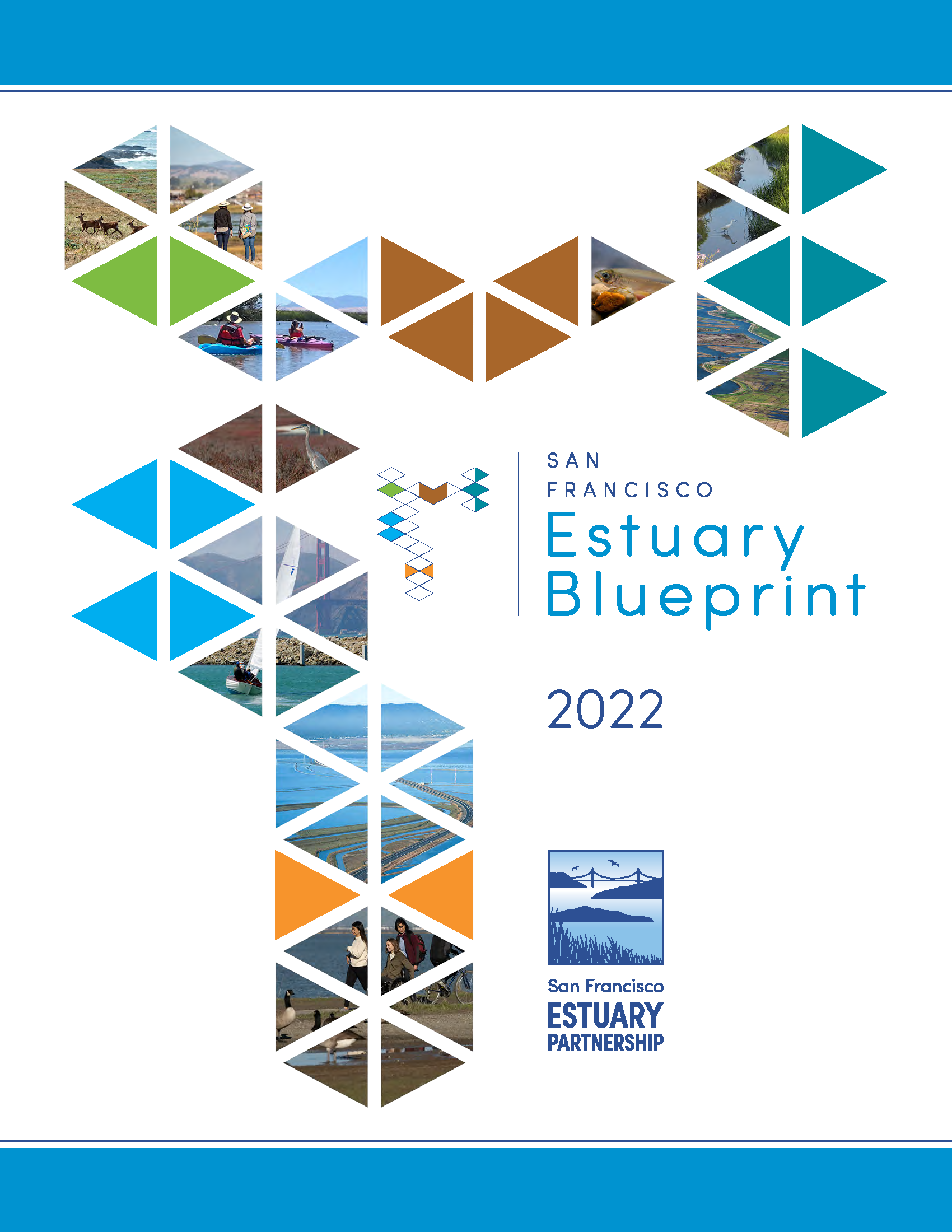Action 14: Creeks
← Back to Estuary Blueprint Actions
Conserve and enhance riparian and instream habitats throughout the Estuary’s watersheds.
Conserve stream reaches and restore riparian habitats by defining impairments and threats, filling data gaps, developing science-based tools, securing necessary funding, and designing, advancing, and collaborating on projects.
Overview
Habitats in and around rivers and creeks are extremely important to frogs, turtles, and iconic California fish species such as salmon and steelhead trout. The restoration of riparian habitats also reduces flood risk and improves watershed connectivity. While this action emphasizes critical instream habitat, it also supports efforts to daylight stream reaches and restore urban waterways.
Task Description
Establish advisory group to assess the capacities of regional restoration tracking platforms, such as EcoAtlas and EcoRestore, to include riparian and aquatic instream habitat restoration project metrics such as benthic macroinvertebrate indicators, canopy cover, native riparian plant species, fish barrier removal, gravel augmentation, restored access for fish rearing on floodplains and other off-channel habitats, carbon sequestration, required pre/ post project monitoring data, and costs by funding source.Task Lead(s)
San Francisco Bay Joint Venture, San Francisco Estuary Partnership (Coordinator)Task Collaborating Partner(s)
California Department of Fish & Wildlife, Conservation Lands Network, Delta Plan Interagency Implementation Committee (DPIIC), National Oceanic and Atmospheric Administration, San Francisco Bay Regional Water Quality Control Board, San Francisco Estuary Institute, Santa Clara Valley Water District, TOGETHER Bay AreaCost Estimate Key
|
Cost Estimate
$Milestone(s)
New metrics identified to add to regional data sets.Task Description
Compile and provide technical and policy guidance to the watershed restoration community and decision-makers to accelerate the pace and scale of riparian and instream habitat restoration and protection. This guidance potentially includes stream and watershed data, characterization of key habitat areas for salmonids and other native fish assemblages, development setback policies, erosion control and regenerative and firewise landscaping measures, land acquisition/conservation easements, unplanned chloramine and firefighting chemical discharges, and best practices for community engagement in restoration stewardship, maintenance, and monitoring support.Task Lead(s)
San Francisco Bay Regional Water Quality Control Board, San Francisco Estuary PartnershipTask Collaborating Partner(s)
Bay Area Flood Protection Agency Association, Bay Area Watershed Network, California Department of Fish & Wildlife, Conservation Lands Network, National Oceanic and Atmospheric Administration, ReScape California, Resource Conservation Districts, TOGETHER Bay Area, U.S. Army Corps of EngineersCost Estimate Key
|
Cost Estimate
$Milestone(s)
Appropriate guidance documents identified, and engagement strategy developed for sharing with planners and practitioners.Task Description
Seek additional funding for riparian conservation and restoration activities including floodplain acquisition, establishment of a network of streamflow gages, fish population surveys with a focus on anadromous salmonid streams, and long-term public engagement such as watershed planning and project stewardship.Task Lead(s)
Delta Stewardship Council, San Francisco Estuary PartnershipTask Collaborating Partner(s)
California Department of Fish & Wildlife, Conservation Lands Network, Delta Plan Interagency Implementation Committee (DPIIC), National Oceanic and Atmospheric Administration, Resource Conservation Districts, TOGETHER Bay Area, U.S. Army Corps of Engineers, flood control districts, land trustsCost Estimate Key
|
Cost Estimate
$Milestone(s)
Biennial lists of prospective riparian restoration projects, acquisition and conservation actions, data gaps, and other watershed management requests to help policymakers secure and allocate regional, state, and federal funding.Task Description
Implement riparian corridor and instream habitat restoration/ enhancement and conservation/acquisition/preservation projects emphasizing multi-objective and multi-benefit efforts.Task Lead(s)
San Francisco Bay Joint Venture, San Francisco Estuary Partnership (Coordinator)Task Collaborating Partner(s)
California Department of Fish & Wildlife, Conservation Lands Network, National Oceanic and Atmospheric Administration, Resource Conservation Districts, State Water Resources Control Board, TOGETHER Bay Area, U.S. Army Corps of Engineers, U.S. Environmental Protection Agency, flood control districts, land trusts, local municipalities, non-governmental organizationsCost Estimate Key
|
Cost Estimate
$$$$$Milestone(s)
5,000 acres of creek corridor and adjacent upland habitat conserved, and 2,000 acres of riparian corridor and instream habitat restored or enhanced.Task Description
Pilot the use of cooperative working arrangements among homeless advocacy organizations, local governments, and watershed organizations to create a stream steward program composed of people experiencing homelessness at a creekside encampment (to be selected). The program would provide stipends, stewardship training and resources, potable water and sanitary services, and connection to available social services. This approach would provide resources for both protecting the waterway and support services to find long-term housing for unsheltered participants.Task Lead(s)
San Francisco Estuary Partnership (Coordinator)Task Collaborating Partner(s)
Downtown Streets Team, city/county health services departments, homeless advocacy organizations, local non-governmental organizationsCost Estimate Key
|
Cost Estimate
$$$Milestone(s)
Initiate pilot program.Task Description
Task Lead(s)
Task Collaborating Partner(s)
Cost Estimate Key
|
Cost Estimate
Milestone(s)
Task Description
Task Lead(s)
Task Collaborating Partner(s)
Cost Estimate Key
|
Cost Estimate
Milestone(s)
Task Description
Task Lead(s)
Task Collaborating Partner(s)
Cost Estimate Key
|
Cost Estimate
Milestone(s)
Updates and Emerging Issues
Since 2016, many of the Tasks and Milestones for this Action were not accomplished due to a lack of funding and ownership. To address these issues, this Action’s emphasis has shifted away from fisheries toward riparian restoration and activation of the Bay Area Watershed Network (BAWN) as a center point for its revised Tasks and Milestones.
Climate Change Considerations
Local creeks and rivers hold cultural and ecological significance for Tribal members and Tribal groups. Tribal participation and consideration of Traditional Ecological Knowledge should be woven into all Action Tasks. Underhoused populations that reside along creeks are also stakeholders in riparian restoration. Synergies between riparian restoration efforts and unhoused and underhoused populations can be found through cooperative stewardship arrangements, housing organizations, and social service providers.
Equity Considerations
Disadvantaged communities may lack access to parks and open space. Creek restoration on public lands can include public access components, bringing people closer to the healing power of nature.
Blueprint Goals



